Professional Installation Guide for 304 20592PL Flange DN25*PN6
2025-10-17 14:58:39
The Role of the Plate Welding Flange
The Plate Welding Flange plays an essential part in modern piping systems. It serves as a mechanical connector, allowing pipes, valves, or fittings to be securely joined while maintaining a pressure-tight seal.
For low- to medium-pressure pipelines, the 304 20592PL flange DN25*PN6 is a popular choice because of its excellent corrosion resistance, structural stability, and ease of welding. Proper installation is the foundation for system safety, preventing leaks, and extending service life.
This article provides a practical, detailed guide on how to correctly install the 304 20592PL Plate Welding Flange — from preparation and alignment to welding and inspection.
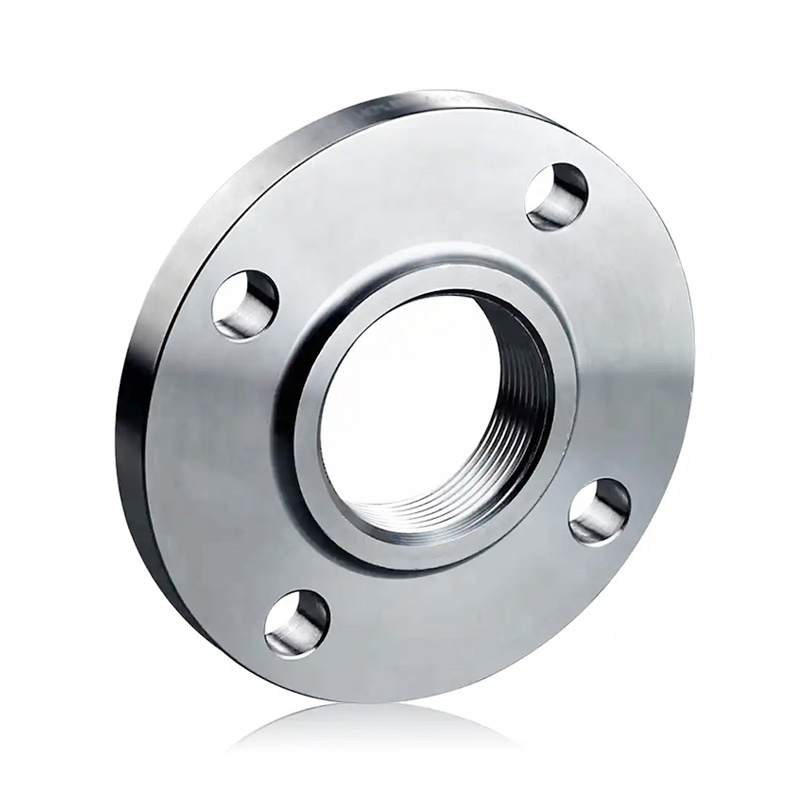

1. Understanding the 304 20592PL Flange
The 20592PL flange follows the DIN EN 1092-1 standard, where “PL” indicates a plate-type welding flange. The specification DN25*PN6 refers to a 25 mm nominal diameter and a 6 bar working pressure.
Manufactured from 304 stainless steel, this flange combines affordability with resistance to oxidation and mild corrosion, making it suitable for industries such as water treatment, HVAC, and light chemical processing.
Many Chinese manufacturers specialize in bulk supply of 304 20592PL Plate Welding Flanges, providing consistent quality, customizable sizes, and fast delivery to global clients.
2. Tools and Materials Preparation
Before installation, ensure you have the following tools and materials ready:
·304 20592PL Plate Welding Flange (DN25*PN6)
·Stainless steel pipe section of matching grade
·Welding machine (preferably TIG or MIG)
·Grinder and polishing tools
·Appropriate gasket for the media type
·Stainless steel bolts, nuts, and washers
·Torque wrench
·Cleaning solvents (acetone or alcohol)
·Personal protective equipment (gloves, mask, eye shield)
Preparation is crucial. Clean, flat surfaces and the right tools guarantee accurate installation and long-term performance.
3. Step-by-Step Installation Process
Step 1: Surface Cleaning and Alignment
Start by cleaning the pipe end and flange thoroughly. Remove oil, rust, or scale to expose clean metal. Slide the Plate Welding Flange onto the pipe and align it so that the inner diameter of the flange matches that of the pipe. Misalignment at this stage could cause flow disruption and sealing problems later.
Step 2: Tack Welding
Apply tack welds at several evenly spaced points around the circumference. This holds the flange securely in place during the main welding operation. Recheck the alignment after each tack to ensure the flange remains parallel to the pipe face.
Step 3: Complete Welding
Perform the final weld using the TIG (Tungsten Inert Gas) or MIG (Metal Inert Gas) process. These techniques produce clean, strong, and uniform welds for stainless steel materials.
Maintain an even arc and moderate heat to avoid distortion or overheating. Allow the joint to cool naturally—rapid cooling may cause cracking or stress buildup.
Step 4: Finishing the Weld
Once the welding is completed, grind the bead to achieve a smooth surface. Polishing the welded zone not only improves aesthetics but also enhances corrosion resistance, especially in environments exposed to moisture or chemicals.
Step 5: Gasket Installation and Bolting
Position a gasket between the flanges before joining them. Choose a material suitable for the medium — rubber for water, PTFE for chemicals, or graphite for steam.
Tighten the bolts gradually in a cross pattern to distribute pressure evenly. Use a torque wrench to achieve the recommended values and prevent gasket damage or uneven sealing.
Step 6: Final Inspection and Testing
Once all connections are secure, inspect the welded area carefully for cracks, pores, or irregularities. Check the flange face for flatness and verify that bolts are tightened to specification.
Perform a pressure test (typically 1.5× the nominal pressure, or 9 bar for PN6 systems) to confirm there are no leaks. Record all results for quality control and maintenance reference.
4. Key Installation Tips
To ensure long-lasting and reliable performance of your Plate Welding Flange, follow these tips:
·Keep alignment precise: Even small deviations can cause sealing failure.
·Avoid contamination: Any oil, grease, or dust can compromise weld integrity.
·Control heat input: Too much heat can distort the flange.
·Tighten evenly: Uneven bolt tension is a common cause of gasket leakage.
·Inspect regularly: Early detection of wear or corrosion prevents major failures.
5. Maintenance and Service Life
After installation, periodic maintenance helps extend the life of your 304 20592PL flange. Inspect bolt tension, check for corrosion around the weld area, and replace gaskets when signs of wear appear.
In environments exposed to moisture or chemicals, consider adding surface protection or insulation. Many China-based suppliers offer batch production and replacement flanges, making it easy to maintain consistent quality and minimize downtime across large-scale projects.
Conclusion: Reliable Installation Starts with the Right Practice
A correctly installed 304 20592PL Flange DN25*PN6 ensures a secure, leak-proof, and durable connection. Proper alignment, controlled welding, and accurate torque application are key to achieving a safe and efficient piping system.
When sourcing materials, partnering with a trusted Chinese manufacturer offering bulk Plate Welding Flange supply guarantees reliable quality, competitive pricing, and timely delivery.
Every well-installed Plate Welding Flange not only reinforces your pipeline’s structural integrity but also reflects a commitment to engineering precision and professional workmanship.
References
GB/T 7714:Charazińska S, Sikora A, Malczewska B, et al. Reconstruction of the passive layer of AISI 304 and 316 steel after scratching[J]. Materials, 2024, 17(24): 6238.
MLA:Charazińska, Sylwia, et al. "Reconstruction of the passive layer of AISI 304 and 316 steel after scratching." Materials 17.24 (2024): 6238.
APA:Charazińska, S., Sikora, A., Malczewska, B., & Lochyński, P. (2024). Reconstruction of the passive layer of AISI 304 and 316 steel after scratching. Materials, 17(24), 6238.
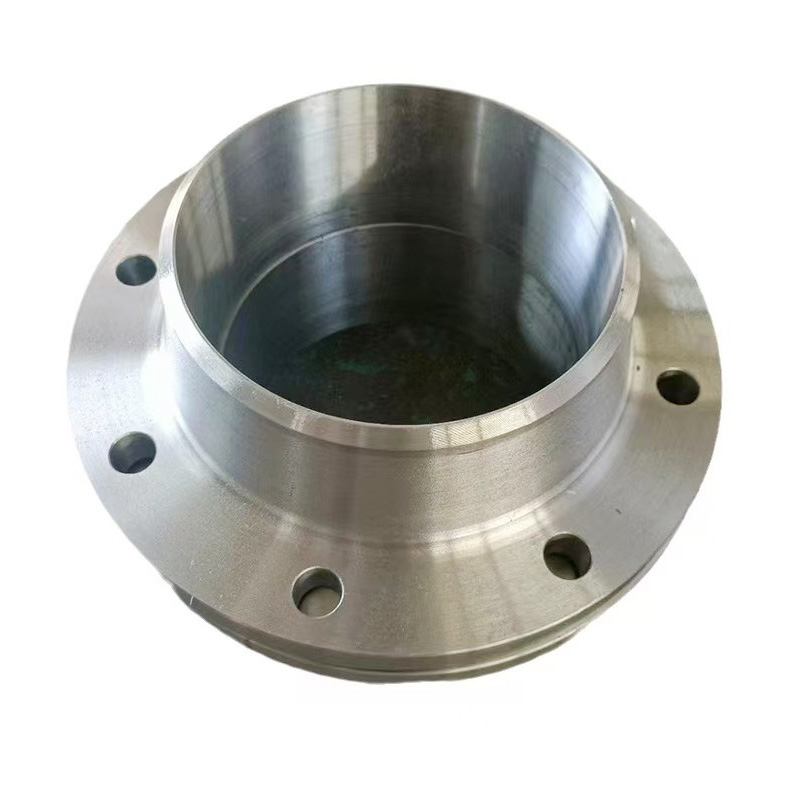
AWeld Neck Flange (WN Flange)is a type of piping flange designed to be welded to a pipe or ...
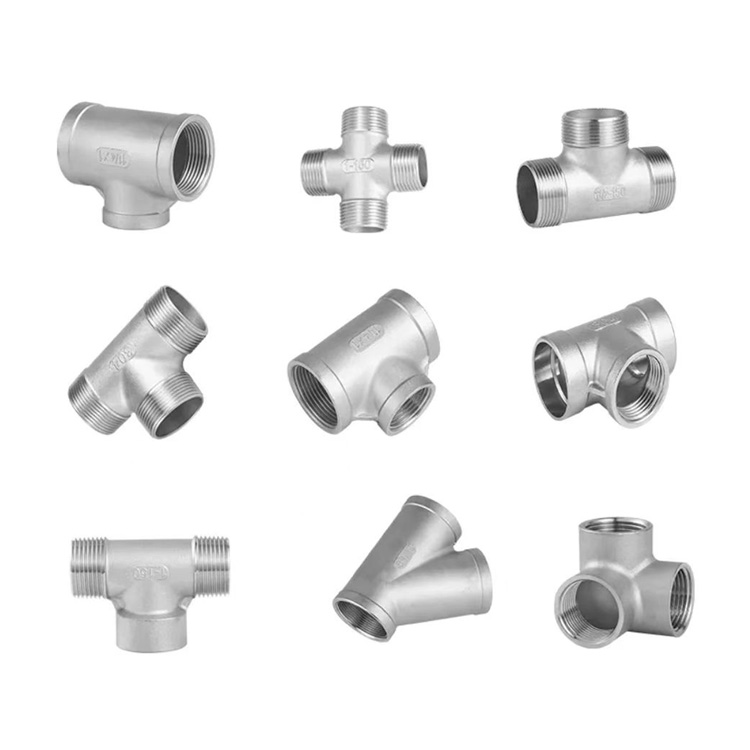
Socket fittings are essential components in piping systems, designed to connect, branch, or...
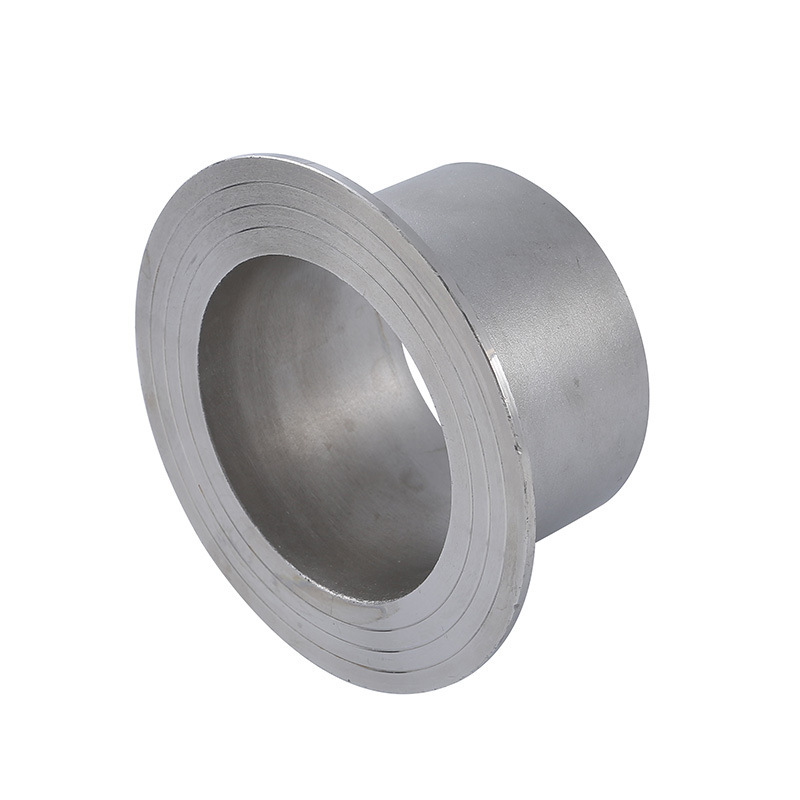
Welding ring is a commonly used metal ring component in pipeline connection or equipment do...
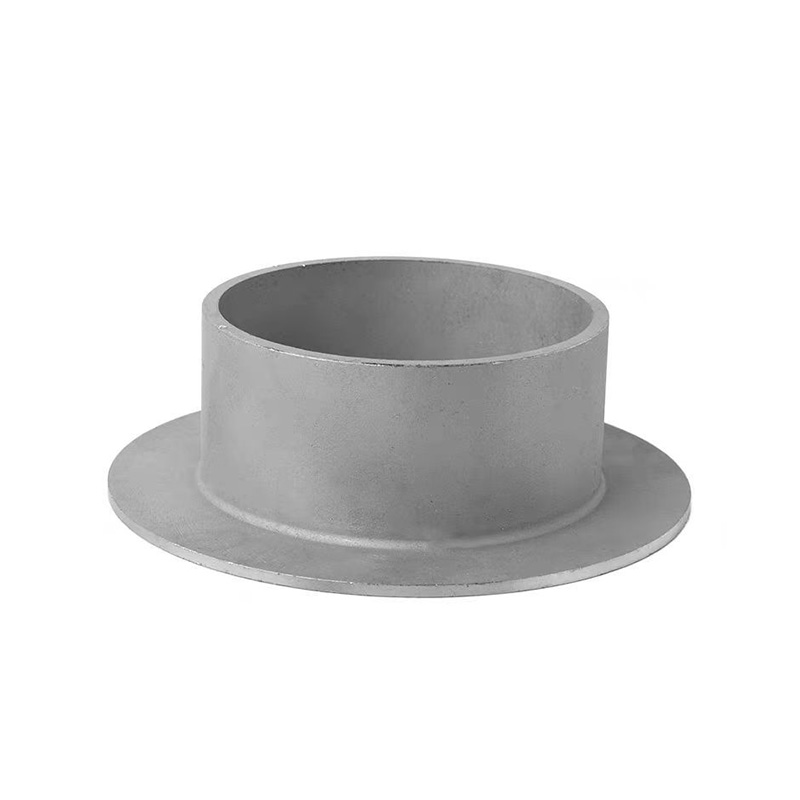
Welding ring is a pipe fitting used for pipeline connection. The following is its detailed ...






